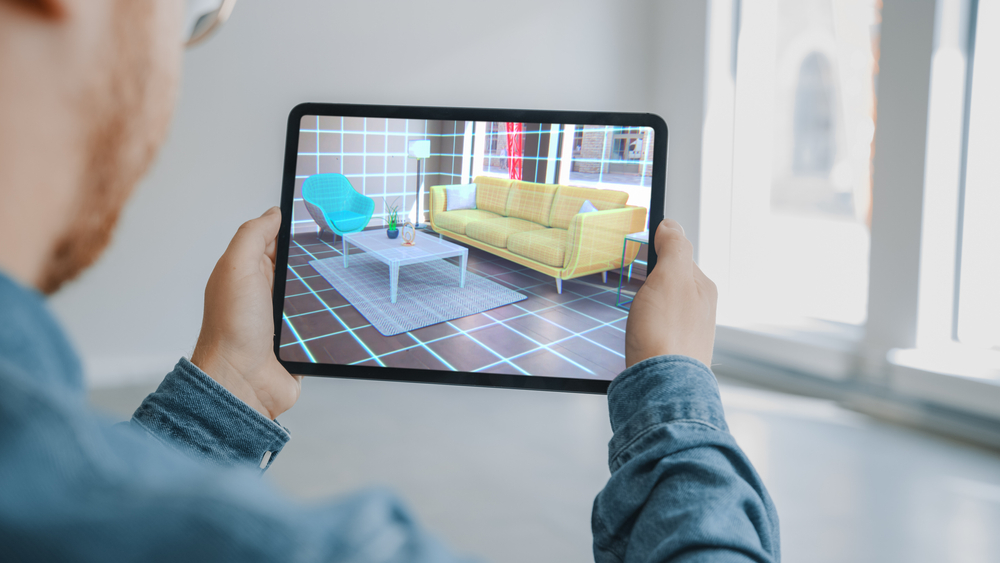Article by Debra Aho Williamson
Source: www.emarketer.com, September 2020
In a March 2020 article, Nielsen called the coronavirus pandemic an “unexpected catalyst” for the adoption of augmented and virtual reality (AR and VR) to assist with the shopping experience. Budget cuts and advertising pullbacks are giving companies in industries like retail, accessories, and entertainment new reasons to explore AR’s and VR’s benefits.
“Advertisers may have historically thought about AR as the shiny object in the media plan—the tactic that is attention-grabbing or innovative enough to win an award, but not necessarily a business driver,” said Courtney Christ, associate direct of paid social at Mindshare. “But now more than ever, tactics and media dollars on social are being scrutinized. Brands are thinking about how AR can provide more utility.”
According to research published in July 2020 by CommerceNext and Exponea, a customer experience company, more than 20% of US retailers expected to invest in AR or VR for their company’s online store in June, up from 8% in January.
Some retailers had already been dabbling in in-store AR, offering things like 3D body scanning or virtual try-on mirrors. But with many stores closed or operating at reduced capacity, these businesses have had to pivot toward digital commerce and are now evaluating mobile-based virtual try-on and other AR features with new enthusiasm.
“As soon as COVID-19 happened, people didn’t want to go into malls and sunglass stores to try on glasses,” said Chris Abbruzzese, vice president of trade marketing for sunglasses, goggles, and helmet manufacturer Bollé Brands. “Who wants to touch something that was on somebody’s face? I’m not supposed to touch my own face, let alone wear glasses that touched someone else’s face.”
That led the company to develop a try-on experience on Instagram that not only let the user see what its sunglasses looked like on them, but also let them experience their own environment through the polarized lenses of virtual sunglasses.

